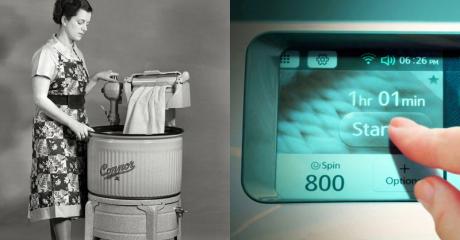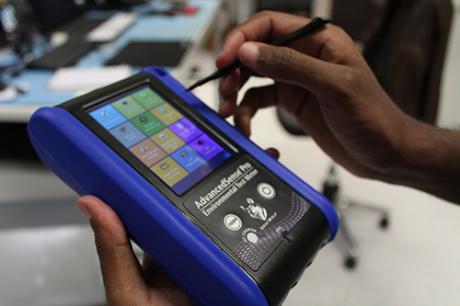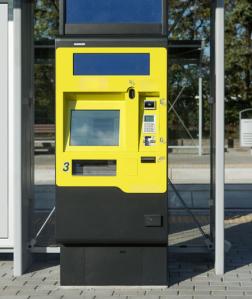There is a natural cycle in the technology industry. New technology is developed that has the potential to make large improvements to the way we live or work.
Initially, that technology is expensive, hard to integrate and prone to bugs, but over time, those bugs are ironed out, manufacturing becomes more efficient and engineers find elegant ways to add more features and turn the installation process into a simple exercise.
At some point, during this period of improvement and refinement, the technology moves from the early adoption stage to the mass market. This has happened with many different technologies, products, and components, and the process is well understood throughout the industry. The companies that supply and support these technologies evolve with the product’s life-cycle and adjust their business practices to suit, if they want to survive and prosper.
Displays are a perfect example of the technological lifecycle
Once a novelty, now even the simplest of applications is expected to boast a fully featured touch display. They are almost always placed in a prominent location on products and have moved from being a status indicator to the primary method of interacting with products, as switches, dials, and meters are sacrificed for the sake of robustness and aesthetics.

Developers of industrial products frequently follow trends in the consumer market, and in the case of displays, they want the same user experience for their customers as consumer products offer. Off-the-shelf displays are suitable for many uses, but the majority of industrial applications require the displays to operate in hostile environments, and therefore need a more rugged build. Displays and electronic components intended for industrial products also need guaranteed availability for the whole lifecycle of the product, which is substantially longer than the normal consumer lifecycle. Additionally, industrial designers may have more specialised requirements that are not found in generic off-the-shelf display models. For these types of industrial applications, a custom display may be required.
Anders has been heavily involved in the display industry since the technology’s commercial launch. The company was founded as Anders Electronics in 1952, to specialise in metering. As meters started to include displays, the company adopted the technology and gained expertise in its use in both metering and other emerging applications, including the first displays installed in UK BT payphones in 1981. Anders has sold and supported displays, embedded processors and complimentary products as they evolved from small dot-matrix displays, to today’s high-resolution touch displays, gaining unprecedented knowledge on every component of the hardware and software that bring displays to life.
To grow and prosper in the display market, Anders has made natural changes to the company’s business strategy over time. Today, as the display market is entering a more mature phase, the company is again evolving its business focus to increase the support and services it can bring to customers. Anders has expanded its engineering staff and capabilities to allow it to provide an even more in-depth resource for customers wishing to specify and manufacture specialised custom displays for the industrial marketplace, while continuing to provide the level of support that the company is known for throughout the industry. This increase in resources will give the company an enhanced ability to provide its fast, comprehensive and trusted proposition to even more developers.
There is a growing demand for customised displays in industrial markets to replicate the experience found in consumer products and provide a responsive and easily accessible interface with a distinctive feel that is unique to the developer.

Anders already has the skills, experience and contacts in-house to support customers in assessing the requirements for each individual application, specifying components that will remain available throughout the product’s lifecycle, managing the production of the product by the company’s Asian manufacturing partners, and supporting the integration of the display into the customer’s final product.
These are exactly the same competencies that Anders has built over the years in providing the company’s own specialised displays for a wide variety of markets.
Since its foundation, Anders has always prospered by proactively evolving its business processes and priorities to reflect advancements in technology and anticipate movements in the marketplace.
The market for custom displays is set to boom as industrial designers try to replicate the success of consumer products and integrate fully-featured display technology in their own offerings.
With this evolution, Anders is now in a perfect position to be at the heart of that market, just as the company has been at the center of the display market since the technology’s inception.


